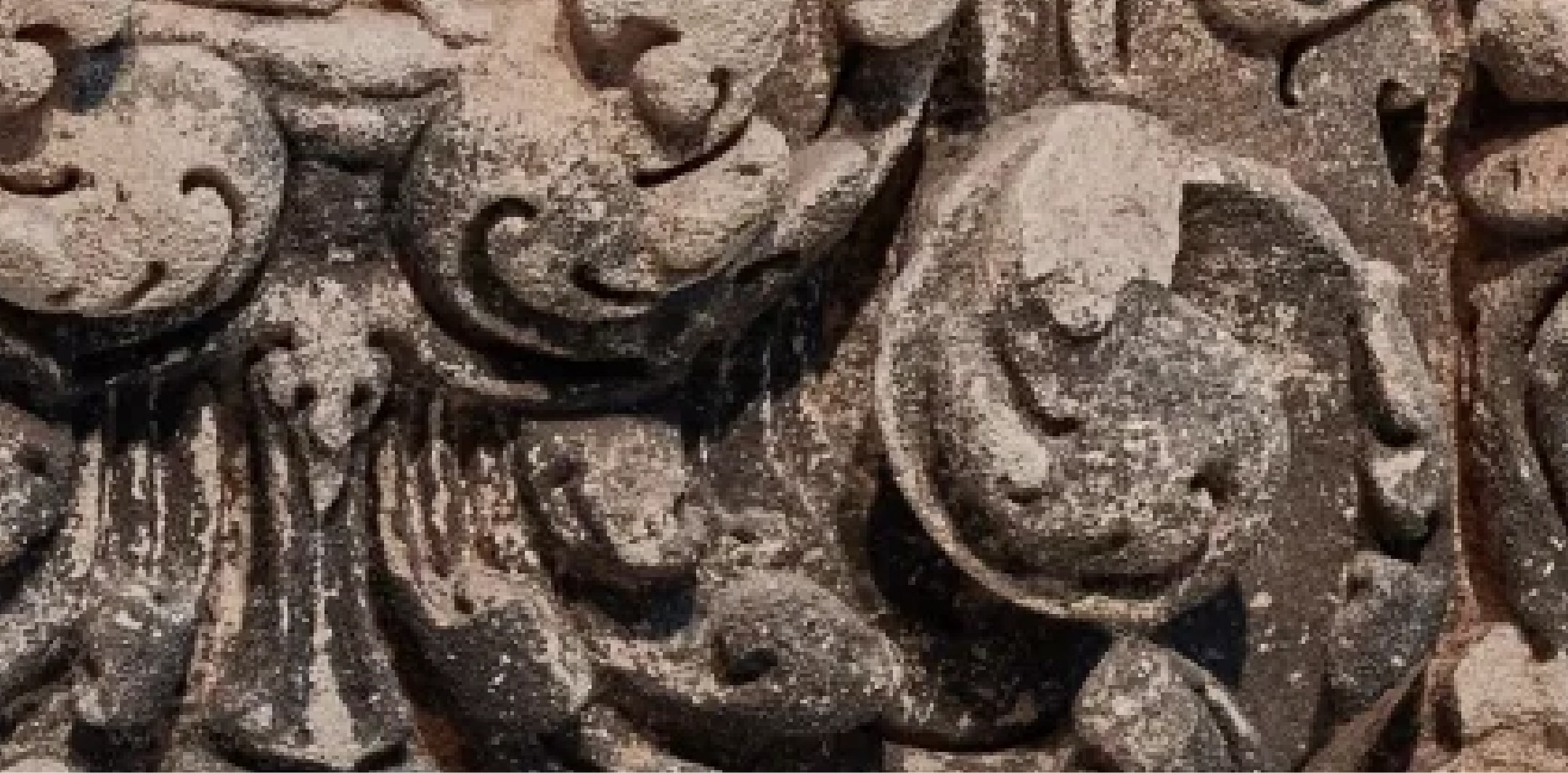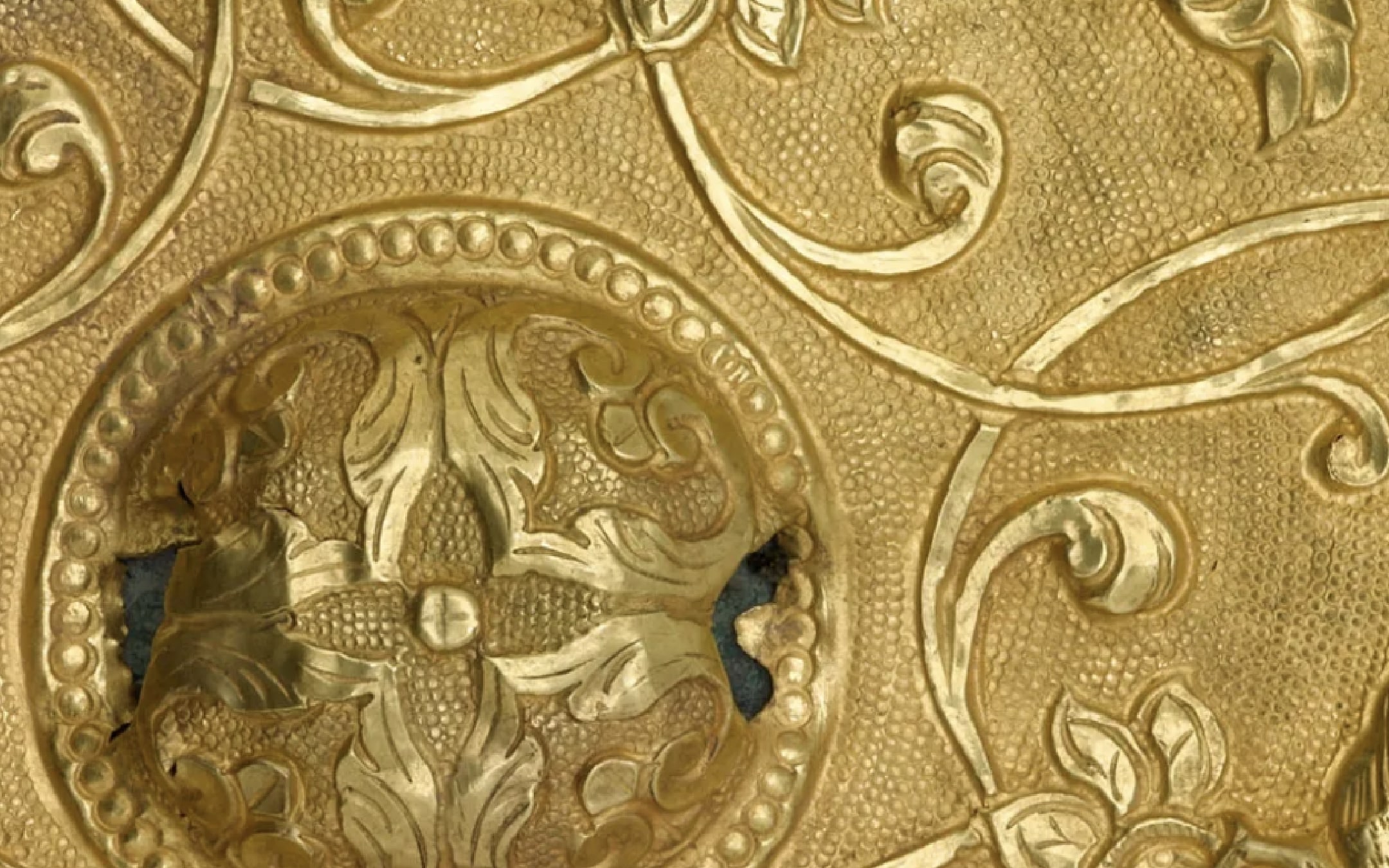Jambhala

Terms of Use
Usage Conditions ApplyAt A Glance
-
Period
13th century -
Geography
Western Tibet -
Material
Bronze with traces of pigment -
Dimension
H x W x D: 41 x 25 x 23 cm (16 1/8 x 9 13/16 x 9 1/16 in) -
Accession Number
S1996.39 -
EDAN ID
edanmdm:fsg_S1996.39
Object Details
-
Label
The chubby body of Jambhala, the Buddhist deity of riches, denotes prosperity. Seated comfortably on a lotus throne, he grasps a mongoose—Nakula, receptacle of all treasures—which spews jewels from its mouth. The god holds a lemon in his right hand and rests his foot on a vessel of longlife; both items are also attributes of Jambhala’s female counterpart, the goddess Vasudhara.The sculpture is remarkable for its dynamism and majestic presence. Jambhala’s smiling face displays traces of gold paint; his hair is painted the deep blue of lapis lazuli, which Tibetan Buddhists value for its beauty. -
Collection
National Museum of Asian Art Collection -
Exhibition History
Encountering the Buddha: Art and Practice Across Asia (October 14, 2017 to February 6, 2022)Sculpture of South Asia and the Himalayas (May 4, 1988 to July 9, 2017) -
Origin
Western Tibet -
Credit Line
Purchase — Smithsonian Unrestricted Trust Funds -
Type
Sculpture -
Restrictions and Rights
Usage Conditions Apply
There are restrictions for re-using this media. For more information, visit the Smithsonian's Terms of Use page.
The information presented on this website may be revised and updated at any time as ongoing research progresses or as otherwise warranted. Pending any such revisions and updates, information on this site may be incomplete or inaccurate or may contain typographical errors. Neither the Smithsonian nor its regents, officers, employees, or agents make any representations about the accuracy, reliability, completeness, or timeliness of the information on the site. Use this site and the information provided on it subject to your own judgment. The National Museum of Asian Art welcomes information that would augment or clarify the ownership history of objects in their collections.
Keep Exploring
-
Related Resources
-
Date
-
Place
-
Topic
-
Culture
-
Object Type

